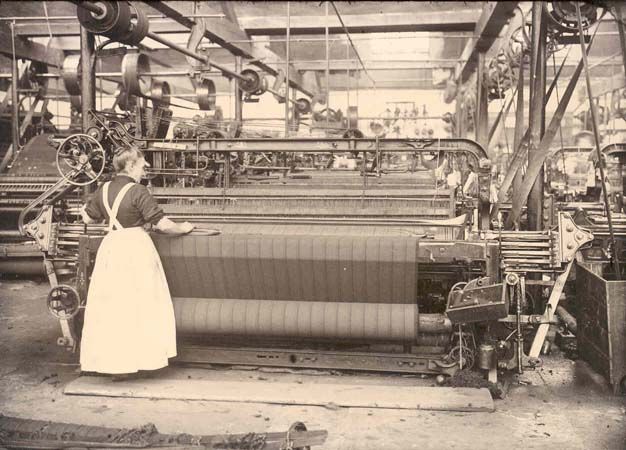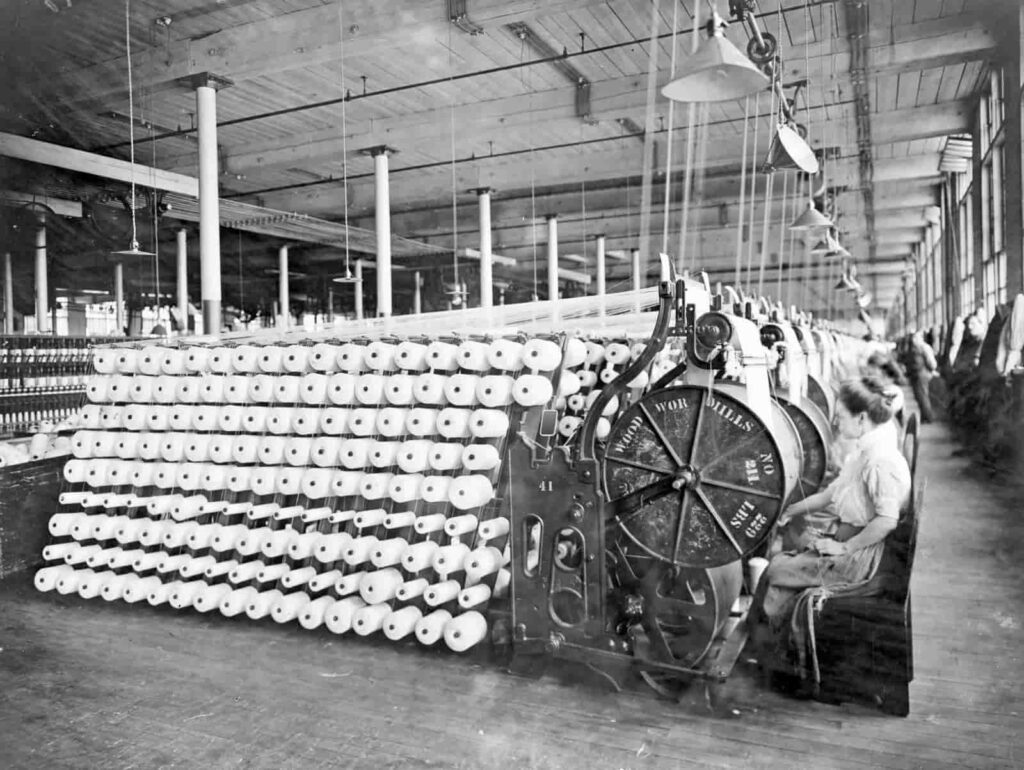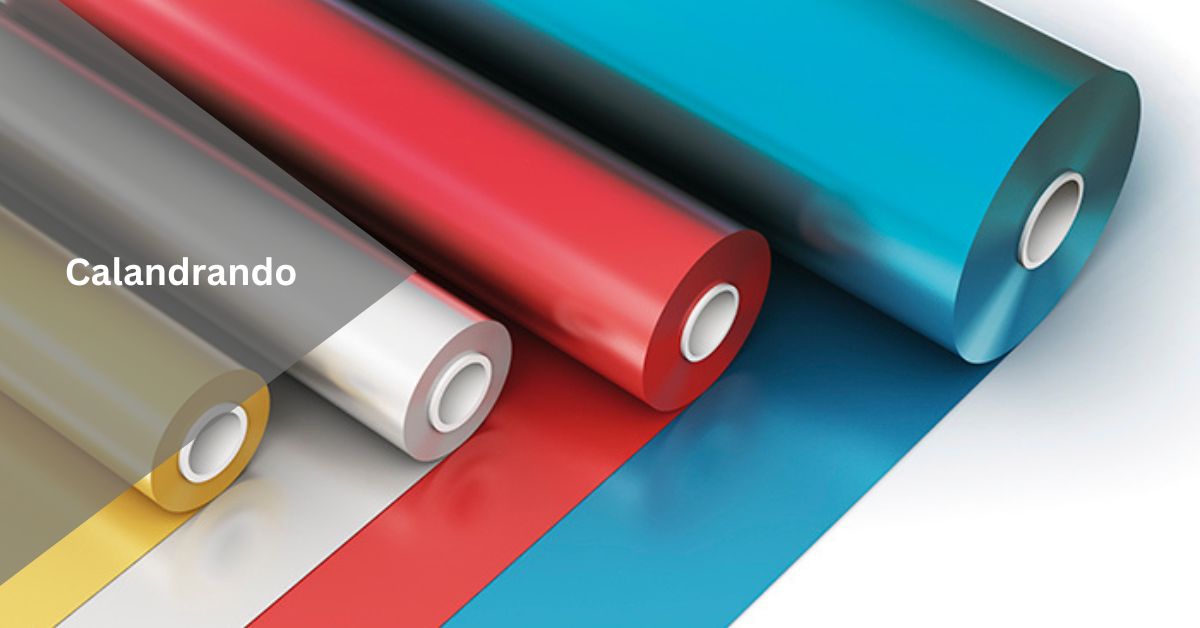Calandrando – Discover More From Here!
The term “calandrando” originates in the Italian word “calandra,” meaning roller or cylinder, and refers to a traditional fabric finishing process that has been an integral part of textile manufacturing for centuries.
This technique, also known as calendering, has evolved remarkably since its inception in ancient civilisations, playing a pivotal role in enhancing fabric quality, texture, and appearance.
In this exploration, we embark on a journey through the annals of time to unravel the rich tapestry of calandrando – an art form, a science, and a legacy in the world of textiles.
Ancient Beginnings – Discover More!
The origins of calandrando can be traced back to the earliest human civilisations, where a profound appreciation for textiles’ tactile and visual qualities drove the quest for refining fabrics. In ancient Egypt, artisans engaged in meticulous craftsmanship used smooth stones to press and polish fabrics, pioneering rudimentary calendering techniques.
Applying these early methods resulted in textiles with enhanced textures, setting the foundation for the evolution of calandrando.
Similarly, ancient China witnessed the deliberate use of calendering techniques to elevate the luxurious appeal of silk textiles, recognising the transformative potential of this process on fabric quality.
These early experiments reflected an innate human desire for improvement, laying the groundwork for a practice that would transcend epochs and cultures.
The Renaissance era in Europe brought about a renaissance in art and culture and in the refinement of textile craftsmanship.
The fusion of artistry and functionality during this period propelled calandrando to new heights. Inspired by the burgeoning artistic movements, artisans began employing engraved metal rollers to introduce intricate patterns and designs onto fabrics.
The marriage of art and textiles was exemplified by the intricate detailing achievable through calandrando.
This era marked a significant departure from the practical aspects of fabric finishing, embracing the idea that textiles could be both functional and objects of aesthetic delight.
As workshops flourished with creativity, calandrando became an essential tool for skilled artisans shaping the Renaissance textile landscape.
Industrial Revolution and Mechanization – Check It Out!

The onset of the Industrial Revolution in the 18th century brought about a seismic shift in the textile industry, and calandrando was still mechanised. Steam-powered calendering machines emerged as revolutionary devices, elevating the efficiency and scale of fabric finishing.
During the Renaissance in Europe, a period marked by a resurgence of interest in various arts and crafts, calandrando experienced a significant leap forward.
Artisans began using engraved metal rollers, allowing intricate patterns and designs to imprint on fabrics.
This era witnessed a convergence of artistic expression and textile craftsmanship, with calandrando contributing to the creation of textiles that were not only functional but also aesthetically pleasing.
Read: Wilford Brimley Yellowstone – Dive Into The Information Now!
Industrial Revolution and Mechanization – Go In-Depth!

The Industrial Revolution brought a seismic shift in the textile industry, and calandrando evolved accordingly.
Steam-powered calendering machines were introduced, increasing efficiency and enabling mass production with consistent quality.
The mechanisation of calandrando became a standard practice in textile mills, responding to the growing demand for finely finished fabrics across diverse industries.
As technology advanced, so did the sophistication of calandrando. The process has been seamlessly integrated into a broader range of textile machinery in the modern era.
Calendering machines equipped with advanced controls allow for precise outcomes, ensuring that the desired characteristics are achieved efficiently.
Despite these technological advancements, the fundamental principle of calandrando – using pressure and heat through rollers – remains unchanged.
Read: Yoriichi Tsugikuni – Explore For All Details!
Enhancing the Hand and Appearance – Unreveal Now!

One of the primary objectives of calandrando is to improve the “hand” of textiles, referring to the feel or texture of the fabric.
By employing pressure and heat, calandered fabrics become smoother, softer, and more pleasant to touch. This aspect is particularly crucial in clothing, where the tactile experience significantly influences comfort and overall satisfaction.
Calandrando also imparts a polished and lustrous finish to fabrics, enhancing their visual appeal. This is paramount in high-end fashion, upholstery, and home furnishings, where aesthetics play a pivotal role.
Moreover, the process can create specific surface effects, such as embossing or patterns, adding a decorative element to the fabric.
Functional Enhancements – Uncover It Out!

Beyond aesthetics, calandrando significantly impacts the functional properties of textiles. It enhances fabric durability, making it more resistant to wear and tear.
This is particularly valuable for textiles used in heavy-duty applications, such as industrial materials or outdoor fabrics.
The process improves dimensional stability, reducing shrinkage and ensuring that fabrics maintain shape over time.
Calandrando showcases its versatility by adapting to various types of fabrics. Whether working with natural fibres like cotton and silk or synthetic materials such as polyester and nylon, the process can be tailored to meet the specific requirements of each fabric type.
This adaptability has solidified calandrando as a fundamental step in producing textiles, playing a crucial role in achieving desired characteristics for a wide range of end uses.
Read: Ascendance of a Bookworm Season 4 – Explore For All Details!
Conclusion:
Known as calendering, this method has undergone a remarkable transformation since its inception in ancient civilisations, crucial in elevating the quality, texture, and appearance of fabrics.
FAQs
1. How does Calandrando work?
Calandrando utilises pressure and heat through rollers to smooth, soften, and refine fabrics, contributing to their tactile and visual appeal.
2. What is the historical significance of Calandrando?
Calandrando has roots dating back to ancient civilisations, evolving to become an integral part of textile production, from old craftsmanship to modern industrial processes.
3. What fabrics can benefit from Calandrando?
Calandrando is versatile and can be applied to a wide range of fabrics, including natural fibers like cotton and silk and synthetic materials such as polyester and nylon.
4. How does Calandrando impact the aesthetics of textiles?
Calandrando imparts a polished and lustrous finish to fabrics, enhancing their visual appeal, and can be used to create specific surface effects such as embossing or patterns.
5. What functional improvements does Calandrando offer?
Calandrando enhances fabric durability, making it more resistant to wear and tear, and contributes to improved dimensional stability, reducing shrinkage over time.
6. Is Calandrando still relevant in modern textile production?
Absolutely. Calandrando remains a crucial step in textile manufacturing, adapting to technological advancements and playing a key role in achieving desired characteristics for various end uses.
Read more:






